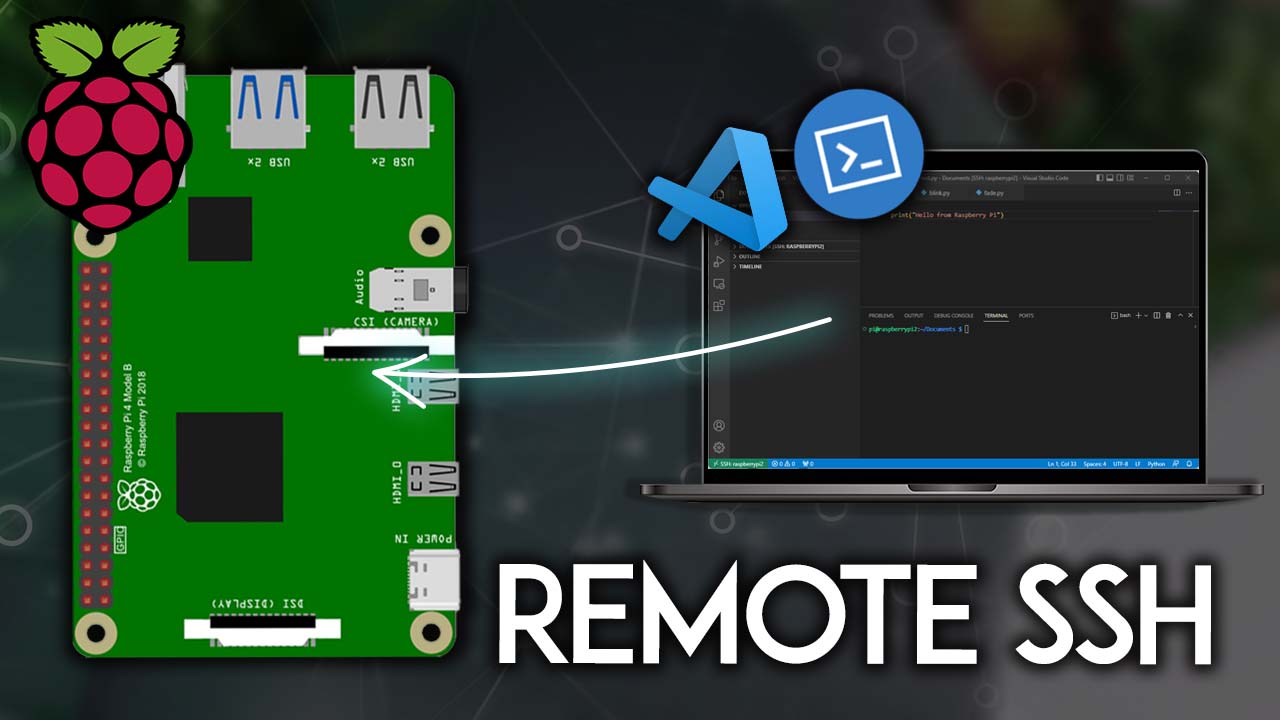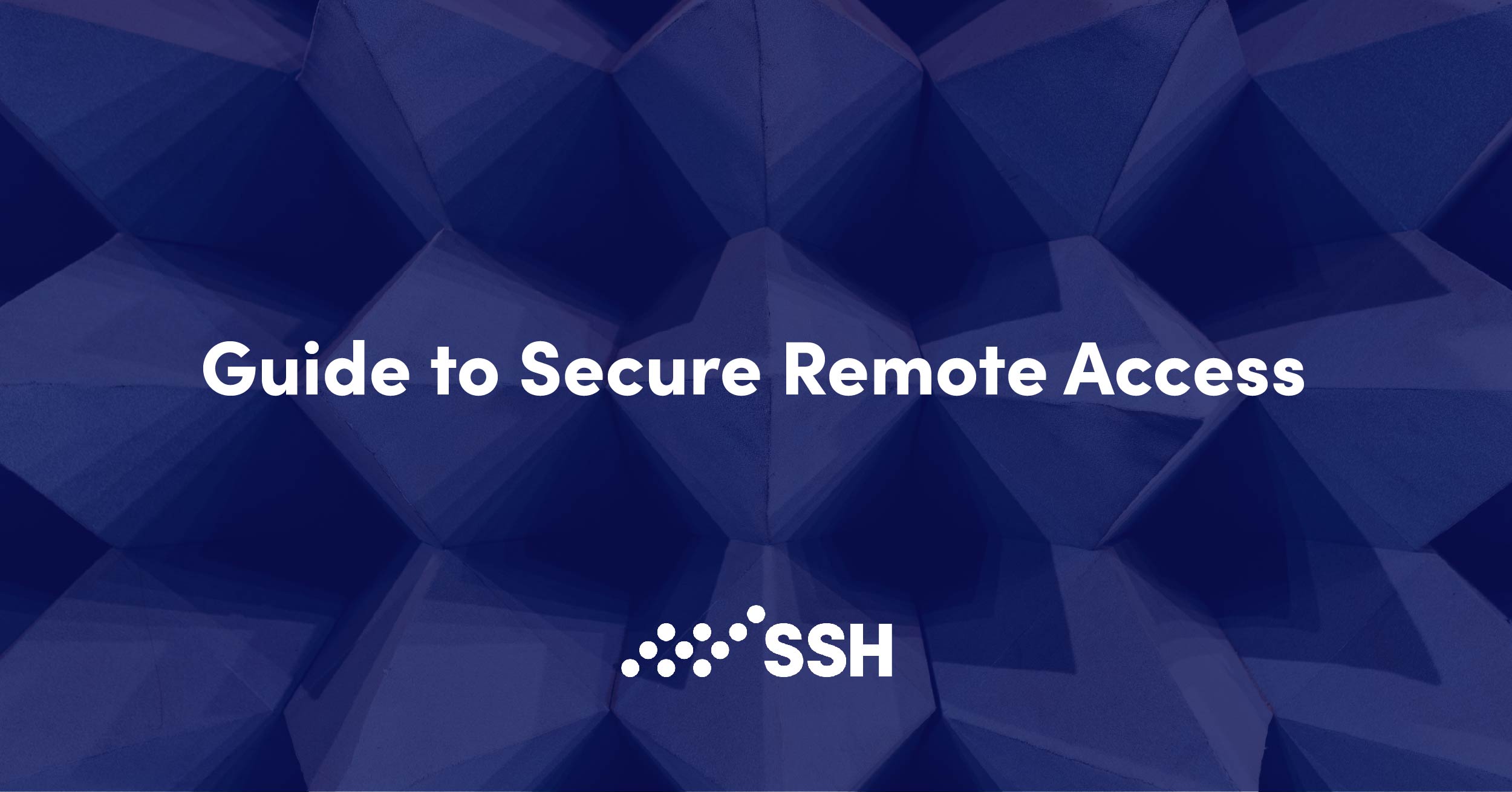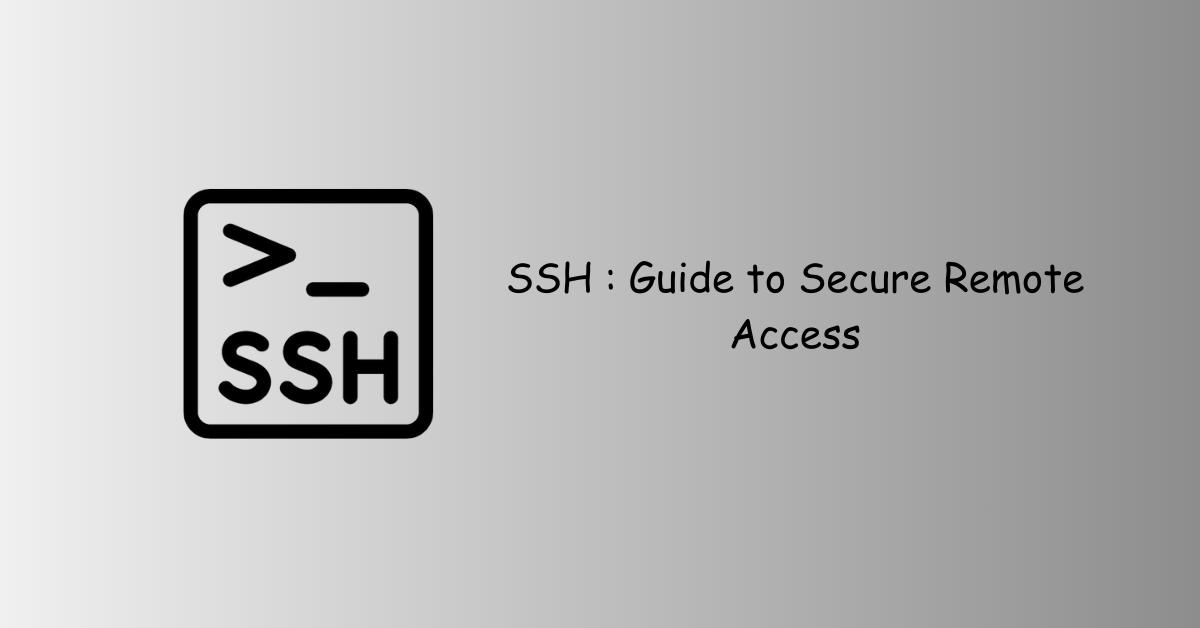RemoteIoT SSH: Secure Access, Top Tools & Best Practices!
Are you struggling to keep your IoT devices secure while enabling seamless remote access? Embrace RemoteIoT SSH the key to unlocking secure, efficient, and scalable management of your interconnected devices! This approach to managing your IoT infrastructure offers a significant leap forward in security and operational efficiency compared to traditional methods.
RemoteIoT SSH has emerged as a critical component for organizations managing distributed IoT deployments. It addresses the inherent challenges of securing and accessing devices scattered across various locations. By leveraging the Secure Shell (SSH) protocol, RemoteIoT SSH creates an encrypted tunnel for communication, protecting sensitive data from eavesdropping and unauthorized access. This is particularly important in industries like manufacturing, energy, and healthcare, where data privacy and security are paramount. The ability to remotely manage and troubleshoot devices, deploy updates, and monitor performance through a secure channel is a game-changer, reducing downtime and improving overall operational resilience.
| Feature | Description |
|---|---|
| Definition | Secure Shell (SSH) protocol used for managing and accessing remote IoT devices. |
| Key Benefits | Enhanced security, remote accessibility, centralized management, scalability, cost-effectiveness. |
| Use Cases | Remote monitoring, device configuration, software updates, troubleshooting, access control. |
| Security Features | Encryption, authentication (passwords, SSH keys, certificates), access control lists (ACLs). |
| Implementation Steps | Setting up a certificate authority, generating certificates, configuring SSH servers on IoT devices, implementing access controls. |
| Popular Tools | MobaXterm (for Windows), Tailscale SSH (for teams), OpenSSH, PuTTY, iTerm2. |
| Best Practices | Using strong passwords, implementing key rotation, disabling password authentication, monitoring SSH logs, regularly updating software. |
| Vulnerabilities | Weak passwords, unmanaged SSH keys, outdated software, misconfigured SSH servers. |
| Management Solutions | Centralized key management systems, automated configuration tools, security information and event management (SIEM) systems. |
| Scalability Considerations | Centralized authentication, automated provisioning, efficient resource utilization. |
| Reference | SSH Communications Security |
The process of implementing SSH certificates is vital for bolstering security in RemoteIoT environments. It begins with the creation of a Certificate Authority (CA), which serves as the trusted entity responsible for issuing and managing digital certificates. Once the CA is established, certificates can be generated for authorized users and devices. These certificates act as digital identities, allowing devices and users to authenticate themselves securely to the SSH server. This method is significantly more secure than traditional password-based authentication, which is susceptible to brute-force attacks and credential theft.
SSH certificates offer a secure and efficient way to manage access to your IoT devices. SSH, or Secure Shell, is a cryptographic network protocol that allows users to securely access remote devices over an unsecured network. There is a range of SSH tooling available to facilitate this. Choosing the right SSH tool is crucial for effective remote access to IoT devices. Below are some of the best SSH tools available in the market. Before diving into the best RemoteIoT SSH solutions, it's important to understand what SSH is all about. SSH is a powerful tool, but what makes it so powerful?
A crucial aspect of RemoteIoT SSH is secure key management. By default, SSH key management can be fragmented and complex. These unmanaged SSH keys are vulnerable to attack by malicious actors. With RemoteIoT SSH key management, you can centrally manage and discover all authentication keys and SSH login files. Thats why choosing the best RemoteIoT SSH solution requires a bit of research and understanding of what makes each option unique. Key features to look for in the best RemoteIoT SSH include centralized management, automated provisioning, and robust security controls.
Selecting the best RemoteIoT web SSH solution requires careful consideration of your organization's needs and the features offered by various options. By focusing on security, usability, and scalability, you can ensure a successful deployment that meets your IoT management requirements. For Windows users managing IoT devices, MobaXterm is an excellent choice. For teams needing easy, secure access, Tailscale SSH is a great option. By implementing secure, scalable, and efficient SSH solutions, you ensure safe and reliable remote IoT device management.
Are you looking for the best way to manage your Raspberry Pi remotely using RemoteIoT VPC SSH? You're in the right place! RemoteIoT VPC SSH is a powerful solution that allows you to securely access and manage your Raspberry Pi devices over the internet without any additional costs. This guide will walk you through everything you need to know. Implementing RemoteIoT SSH offers numerous benefits, but it's important to be aware of potential vulnerabilities and implement best practices to mitigate risks.
Now that you know how to set up RemoteIoT SSH, lets talk about some best practices to ensure your setup is as secure as possible. Use strong, unique passwords for your SSH connections. This may seem obvious, but its a fundamental security measure that is often overlooked. Strong passwords should be long, complex, and difficult to guess. Avoid using easily identifiable information like birthdays or names in your passwords. Consider using a password manager to generate and store strong passwords securely.
Another critical best practice is to implement SSH key rotation. Regularly rotating your SSH keys minimizes the impact of a compromised key. If a key is stolen or lost, it will only be valid for a limited time, reducing the attacker's window of opportunity. Automating key rotation can significantly simplify this process and ensure that keys are rotated consistently. Furthermore, it is essential to disable password authentication whenever possible. Password authentication is inherently less secure than SSH key authentication, as it is vulnerable to brute-force attacks. Disabling password authentication forces users to use SSH keys, significantly improving the security of your SSH connections.
Monitoring SSH logs is also crucial for detecting and responding to security incidents. SSH logs contain valuable information about SSH connections, including login attempts, successful logins, and failed logins. Regularly monitoring these logs can help you identify suspicious activity, such as brute-force attacks or unauthorized access attempts. Consider using a security information and event management (SIEM) system to automate log analysis and alert you to potential threats. Keeping your SSH software up to date is essential for patching security vulnerabilities. New vulnerabilities are constantly being discovered in SSH software, and attackers are quick to exploit them. Regularly updating your SSH software ensures that you have the latest security patches and are protected against known vulnerabilities.
Beyond these fundamental best practices, there are additional steps you can take to further enhance the security of your RemoteIoT SSH environment. Implementing access control lists (ACLs) can restrict access to specific users or groups. ACLs allow you to control who can access your SSH servers and what they can do once they are logged in. This can help prevent unauthorized access and limit the potential damage from a compromised account. Using a firewall to restrict access to your SSH servers can also provide an additional layer of security. A firewall can block unauthorized traffic from reaching your SSH servers, reducing the risk of attack.
Consider implementing multi-factor authentication (MFA) for an extra layer of security. MFA requires users to provide multiple forms of authentication, such as a password and a code from a mobile app, before they can log in. This makes it much more difficult for attackers to gain unauthorized access, even if they have stolen a user's password. Employing intrusion detection systems (IDS) and intrusion prevention systems (IPS) can help detect and prevent malicious activity on your network. These systems monitor network traffic for suspicious patterns and can automatically block or alert you to potential threats. Finally, it's important to conduct regular security audits to identify and address vulnerabilities in your RemoteIoT SSH environment. Security audits can help you identify weaknesses in your security posture and implement corrective measures to improve your overall security.
When it comes to popular tools for RemoteIoT SSH, several options stand out. MobaXterm is a comprehensive terminal emulator for Windows that offers a wide range of features, including SSH client, X11 server, and tabbed interface. It's a great choice for Windows users who need a powerful and versatile SSH client. Tailscale SSH simplifies secure network access for teams. It creates a mesh network that allows you to securely connect to your devices from anywhere, without the need for complex VPN configurations. Tailscale SSH is a good option for teams who need easy and secure access to their RemoteIoT devices.
OpenSSH is a free and open-source implementation of the SSH protocol. It's the most widely used SSH client and server in the world, and it's available for a wide range of operating systems. PuTTY is a free and open-source SSH client for Windows. It's a lightweight and easy-to-use client that's a good choice for basic SSH access. iTerm2 is a terminal emulator for macOS that offers a wide range of features, including SSH client, split panes, and customizable themes. It's a great choice for macOS users who need a powerful and customizable terminal emulator. The choice of the right tool depends largely on the user's operating system, specific needs, and technical expertise.
In conclusion, implementing RemoteIoT SSH effectively involves understanding its core principles, selecting appropriate tools, and adhering to security best practices. By prioritizing security, usability, and scalability, organizations can ensure safe and reliable remote IoT device management. This approach not only protects sensitive data but also enables efficient operations and reduces downtime, ultimately contributing to the success of IoT deployments. Embracing RemoteIoT SSH is a strategic investment that can significantly enhance the security and efficiency of your IoT ecosystem.



Detail Author:
- Name : Eloy Hansen
- Username : gerhold.amara
- Email : hcormier@gmail.com
- Birthdate : 1987-08-29
- Address : 964 Liliane Fields West Melvina, VT 12666-2072
- Phone : 984.827.6041
- Company : McDermott Inc
- Job : Central Office Operator
- Bio : Consequatur sunt eveniet perspiciatis nam quae animi est. Beatae hic magnam magnam laboriosam aut. Et sed est deleniti et rerum est ex quibusdam. Voluptatem delectus saepe omnis aliquid.
Socials
twitter:
- url : https://twitter.com/maddison_roob
- username : maddison_roob
- bio : A optio voluptatem tenetur velit. Suscipit est maiores ut nemo dolor quia repudiandae aut. Error perspiciatis eum ipsum. Est ipsum assumenda alias in est sunt.
- followers : 4255
- following : 1373
facebook:
- url : https://facebook.com/roob2005
- username : roob2005
- bio : Maxime vel iure sint fuga facilis sed.
- followers : 5561
- following : 2493
linkedin:
- url : https://linkedin.com/in/roob1975
- username : roob1975
- bio : Rerum aut ad vel commodi quis aut.
- followers : 553
- following : 2464
tiktok:
- url : https://tiktok.com/@roobm
- username : roobm
- bio : Ipsam tenetur quis ullam voluptas possimus nihil. Sit aspernatur et est itaque.
- followers : 5198
- following : 2198
instagram:
- url : https://instagram.com/mroob
- username : mroob
- bio : Occaecati libero quam in natus et aut enim. Adipisci alias et modi facere.
- followers : 3983
- following : 1264